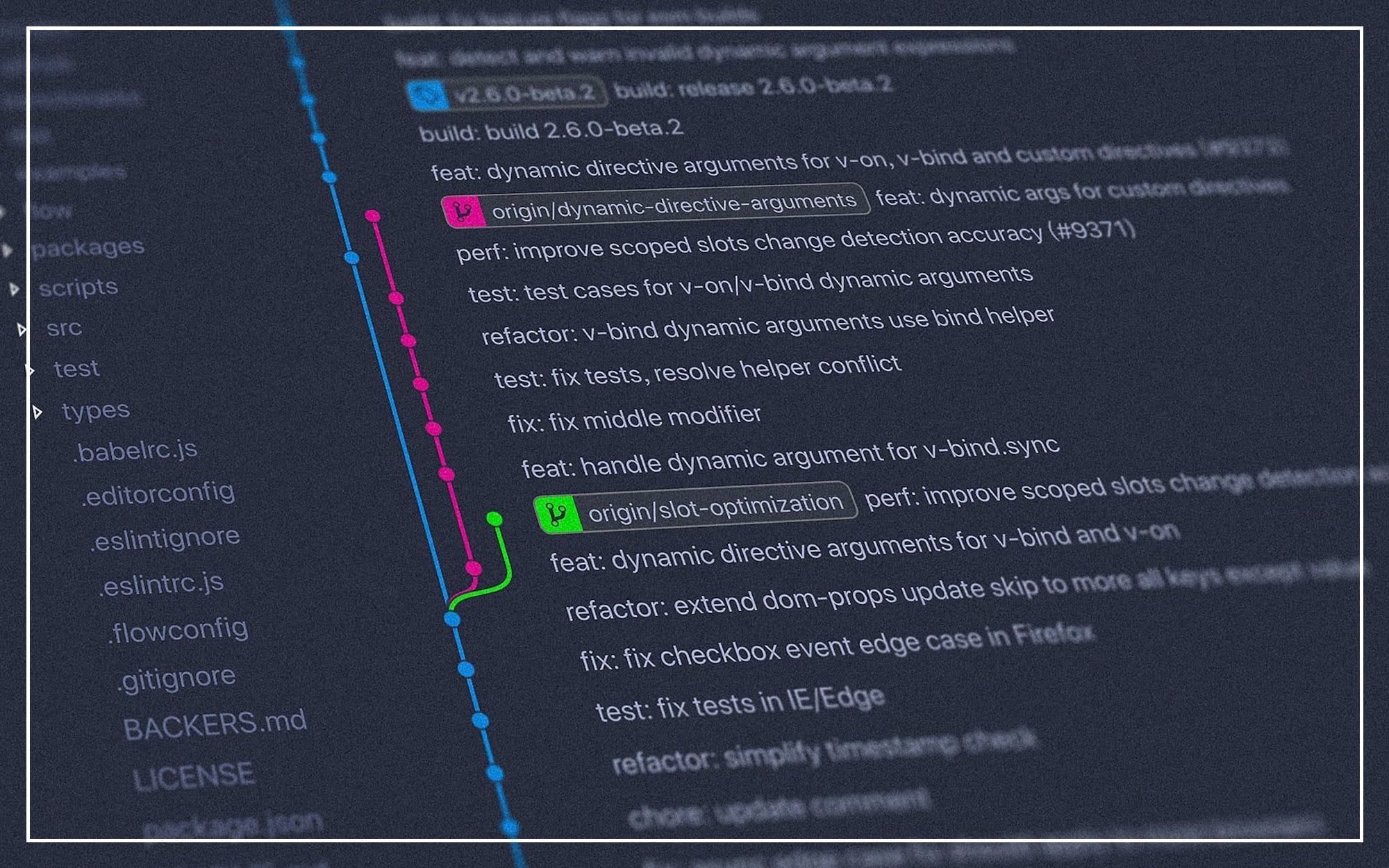On this page
Estimated reading time is 2 minutes and 46 seconds 🕒
Introduction
In the ever-evolving landscape of technology and creativity, OpenAI introduces Sora, a groundbreaking product set to redefine the boundaries of cinematic production. As we stand on the brink of a new era, let's explore what Sora brings to the table and its potential to transform the industry.

The level of detail and quality in the video generated by OpenAI's Sora is incredibly impressive, merging the virtual and real with precision that's both exhilarating and a bit disconcerting. It highlights AI's vast capabilities to innovate and simultaneously prompts us to rethink our understanding of authenticity and creativity.
Rumor has it, OpenAI's Sora has made such a groundbreaking impact that it even prompted entertainment powerhouse Tyler Perry to pause his $800M studio expansion in Atlanta, Georgia, showcasing the profound influence AI can have on the future of film and television production.
OpenAI Sora: The Essence
At its core, Sora is OpenAI's latest innovation, designed to harness the power of artificial intelligence in creating and manipulating digital content. With its advanced algorithms, Sora enables creators to generate highly realistic scenes, characters, and environments with unprecedented ease and efficiency.
The Cinematic Revolution
The cinematic world is no stranger to the wonders of technology. However, Sora proposes a paradigm shift, offering tools that could significantly lower production costs, reduce timeframes, and open new avenues for storytelling. Imagine crafting intricate, lifelike animations or generating entire worlds with the click of a button. Sora makes this possible, paving the way for filmmakers to push the boundaries of imagination and reality.
Implications for the Industry
Sora's introduction promises to democratize the filmmaking process, making high-quality production accessible to a broader range of creators. This could lead to a surge in independent films and innovative narratives that were previously constrained by budgetary limitations. Moreover, the efficiency and scalability offered by Sora herald a future where creators can experiment and iterate with minimal constraints, fostering a culture of creativity and experimentation.
The Future Is Here
As we delve into the capabilities of OpenAI Sora, it's clear that we're not just looking at an incremental improvement but a transformational shift in how cinematic content is created. The potential for AI to augment human creativity is immense, and Sora is at the forefront of this exciting frontier.
However, with great power comes great responsibility. As we embrace the possibilities, it's essential to consider the ethical implications and ensure that technology amplifies human creativity without overshadowing it. Navigating this new landscape requires a thoughtful balance, making sure that as we push the boundaries of what AI can achieve, we also safeguard the essence of human expression and diversity in the creative process. It's about harnessing AI not as a replacement but as a partner in enriching the spectrum of human innovation.
Final Thoughts
OpenAI's Sora represents a thrilling prospect for the cinematic industry and beyond. As we venture into this new territory, the future seems ripe with possibilities - for storytelling, for creation, and for the ways we experience digital worlds.
Fun Fact:
You may be wondering why the estimated reading time of this post is 2min and 46 seconds? Well, here is the explanation in code 😄
# Calculate the estimated reading time based on 693 words and convert to minutes and seconds with rounding
words = 693
average_reading_speed_per_minute = 250 # Average words read per minute
# Calculate reading time in minutes
estimated_reading_time_minutes = words / average_reading_speed_per_minute
# Convert fractional part of minutes into seconds and round to nearest whole number
minutes = int(estimated_reading_time_minutes)
seconds = round((estimated_reading_time_minutes - minutes) * 60)
print(f"{minutes} min and {seconds} seconds")
# Output is: 2 min and 46 seconds
Stay tuned to CloudyNow as we continue to explore the intersection of technology and creativity, where the sky's the limit, and the clouds are just the beginning.








